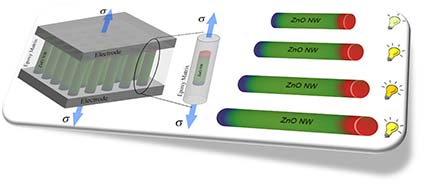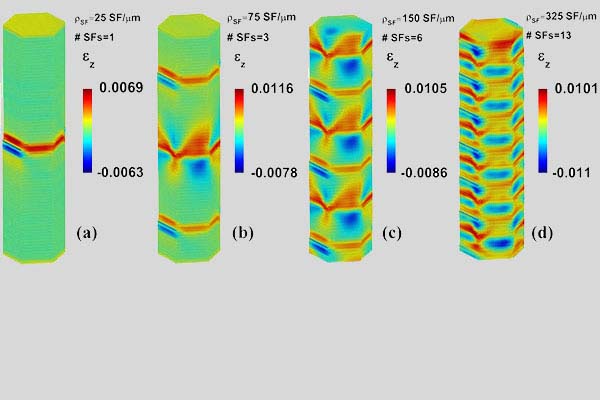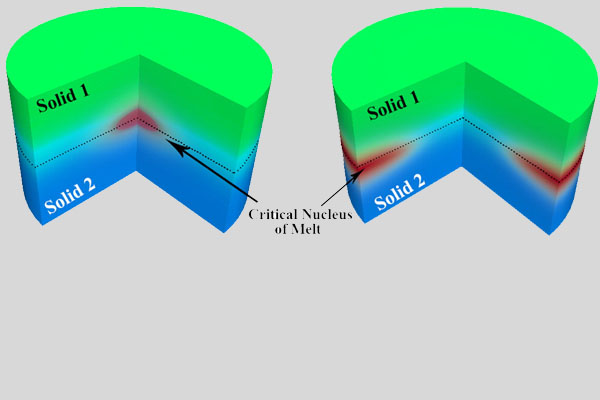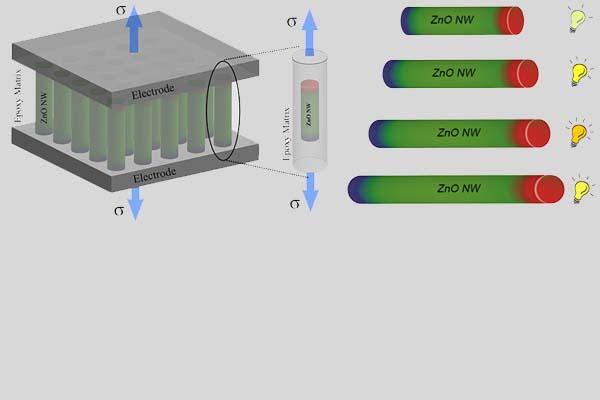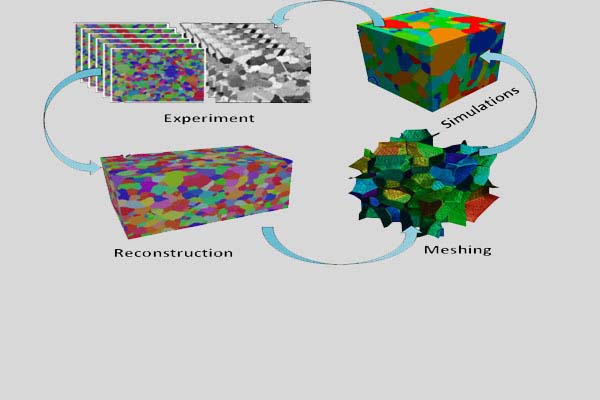Nanomaterial Reinforced Composites
Although nanomaterials commonly have superior properties over conventional materials, their employment in engineering designs is challenging due to their small size. Thus, nanomaterials need to be connected to higher scales that are accessible to humans via multiscale designs. One of the main approaches is by embedding them in a matrix material to make nanocomposites, which properties can be tuned by choosing nanomaterials with proper geometry and physical properties, as well as their appropriate mixture ratio. In our research, we have investigated the effect of different nanostructure geometries, sizes, and structures on the effective properties of the final nanocomposite. Our studies included carbon nanotubes, carbon nanohorns, cellulose nanowires, and zinc oxide nanowires.
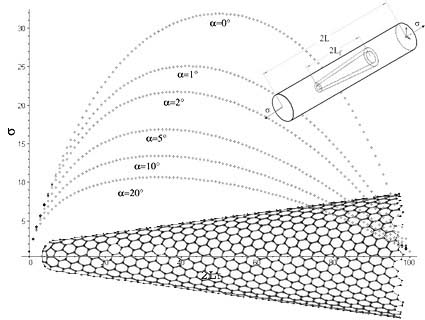
Nanocomposite Electrical Generators
Considering the limitations of conventional energy sources, sustainable growth requires employing new sources of renewable energy. There are several approaches for fulfilling this mission, including solar, wind, and nuclear energy. Among the renewable energy sources, direct mechanical to electrical energy transformation using piezoelectric materials has been known for a while. It has advantages such as lack of moving parts, long life, and ability to operate in harsh environments. Piezoelectric nanomaterials are emerging new materials that have superior properties over their bulk counterparts, however, they still have size limitations that hinder their application in practical engineering design. Here, we introduced new hierarchical designs for electrical generators based on piezoelectric nanomaterials that overcome the size limitations, have higher performance, and are more sustainable compared to conventional designs.
